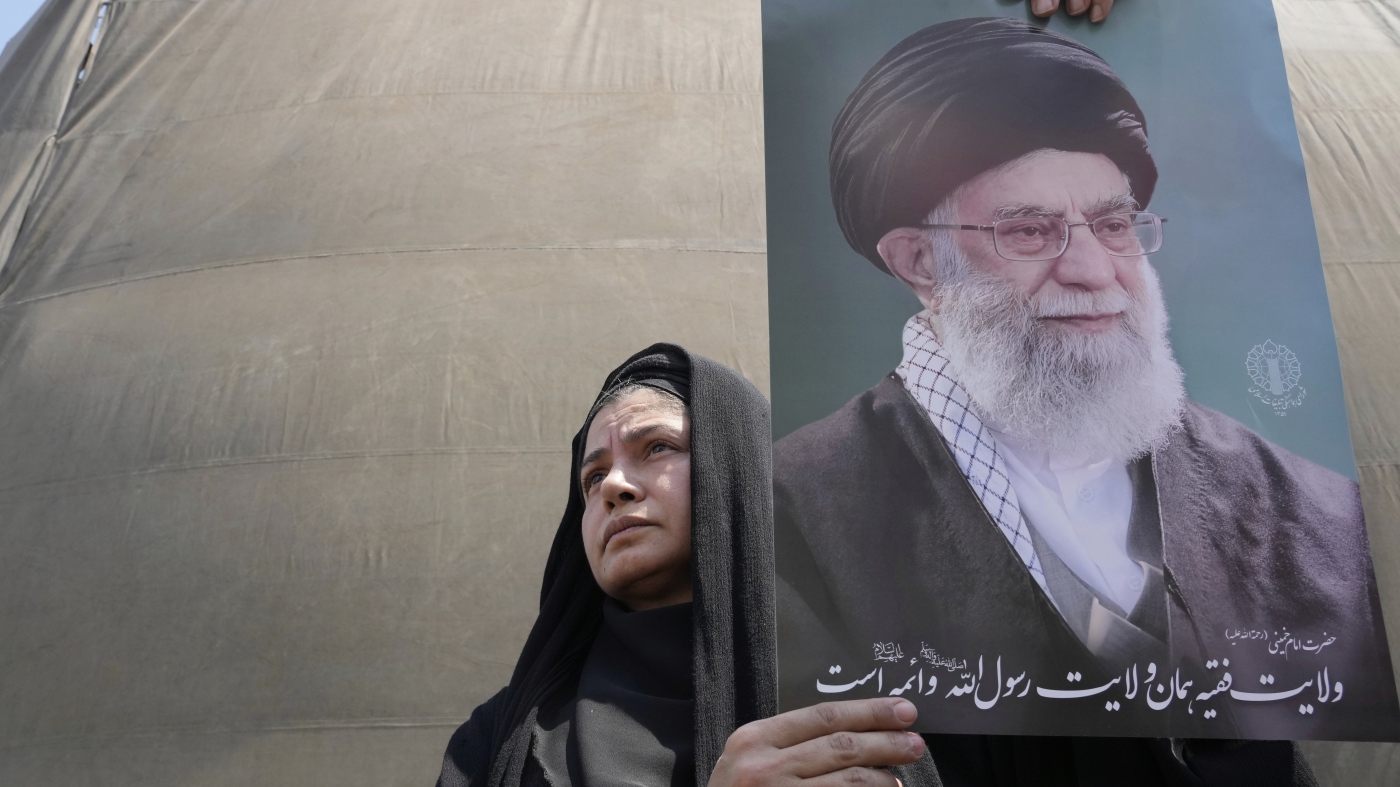A Precarious Dance of Power: Iran, Israel, and the United States on the Brink
The Middle East is a powder keg, and the fuse is burning rapidly. The escalating tensions between Iran, Israel, and the United States paint a picture of a region on the brink of direct confrontation. This volatile landscape is fueled by aggressive rhetoric, escalating military actions, and unpredictable decision-making. The core of the current standoff revolves around the potential for U.S. intervention, with Iran issuing stark warnings of “irreparable consequences” should the U.S. engage militarily. To understand the gravity of the situation, it is essential to dissect the various factors at play.
The Supreme Leader’s Red Line
At the heart of Iran’s stance is Supreme Leader Ayatollah Ali Khamenei. His repeated warnings of “irreparable harm” to Americans in response to any U.S. military intervention are not mere rhetoric. These warnings are a direct response to the possibility of U.S. involvement in the conflict, a scenario actively considered by former U.S. President Donald Trump. Khamenei’s statements are a red line for the Iranian leadership, signaling that any U.S. action would be seen as an unacceptable escalation with severe repercussions. The consistency of these warnings across multiple news outlets underscores their significance.
Khamenei’s stance is a direct counter to Trump’s demand for Iran’s “unconditional surrender.” This demand is seen in Tehran as a maximalist position that rejects any possibility of negotiation. The Supreme Leader’s warnings are a plea for restraint, a desperate attempt to deter the U.S. from intervening and escalating the conflict. The world watches as this high-stakes game of brinkmanship unfolds, hoping that cooler heads will prevail.
Trump’s Ambiguous Posture
Former President Trump’s role in this crisis is marked by ambiguity and a penchant for strong, often provocative, statements. His initial claim that the U.S. had “nothing to do with” the attack on Iran was followed by a warning to Tehran against targeting U.S. interests. This dual message—distancing the U.S. from initial actions while threatening overwhelming force—creates a dangerous level of uncertainty.
Reports indicate that Trump convened meetings with his national security team to discuss potential responses. His suggestion that Iran should evacuate its cities is particularly alarming, as it sets a precedent for preemptive strikes and escalates the risk of a wider conflict. The concern is that Trump might authorize attacks on unspecified targets within Iran, further provoking Iran and drawing the U.S. deeper into the conflict.
Israel’s Aggressive Posture
The current crisis is inextricably linked to Israel’s ongoing attacks on sites linked to Iran’s nuclear program. These strikes, which have continued for several days, are intended to disrupt Iran’s nuclear ambitions. However, they also carry the risk of provoking a retaliatory response from Iran, potentially drawing the U.S. into the conflict.
Israel has claimed to have hit approximately 40 sites, demonstrating the intensity and scope of these operations. This aggressive posture from Israel is a key driver of the escalating tensions and contributes to the sense of an impending wider war. The world watches as Israel’s actions push the region closer to the brink, with the potential for catastrophic consequences.
The Looming Shadow of “All-Out War”
The warnings from Iran extend beyond simply responding to U.S. military intervention. Iran has explicitly stated that it views U.S. support for Israel’s actions as a provocation in itself. This broadens the scope of potential triggers for a major conflict, making the situation even more precarious.
The potential for “all-out war” is a significant concern, with far-reaching consequences for international security. The escalating tensions are already having a tangible impact on global markets, with oil prices climbing as traders anticipate increased U.S. involvement and potential disruptions to supply. Beyond the economic consequences, a wider conflict would destabilize the entire region, potentially drawing in other actors and exacerbating existing conflicts.
Economic Turmoil and Regional Instability
The escalating tensions are already having a tangible impact on global markets. Oil prices are climbing as traders anticipate increased U.S. involvement and potential disruptions to supply. Beyond the economic consequences, a wider conflict would destabilize the entire region, potentially drawing in other actors and exacerbating existing conflicts.
The European Leadership Network report notes that despite previous attempts at dialogue between the U.S. and Iran, the current situation threatens to derail any progress towards a peaceful resolution. The potential for a regional conflagration is a significant concern, with far-reaching consequences for international security.
Internal Divisions and Uncertain Futures
The situation is further complicated by internal political dynamics within both Iran and the United States. Reports suggest that Iranians are divided on the potential consequences of a Trump presidency, with some fearing an all-out war and others hoping for unexpected diplomatic breakthroughs. Within the U.S., figures like Marjorie Taylor Greene are voicing concerns about potential backlash from the MAGA base should Trump escalate the conflict. These internal divisions add another layer of uncertainty to an already volatile situation, making it difficult to predict the future course of events.
A Dangerous Crossroads
The current situation represents a dangerous crossroads. The combination of aggressive rhetoric from both sides, escalating military actions, and the unpredictable nature of the key players creates a high risk of miscalculation and unintended consequences. Khamenei’s warnings, while forceful, are ultimately a plea for restraint, a desperate attempt to deter the U.S. from intervening. Trump’s ambiguous statements and maximalist demands, however, suggest a willingness to escalate the conflict.
The world watches with bated breath, hoping that cooler heads will prevail and that a catastrophic war can be averted. The stakes are incredibly high, and the potential for “irreparable consequences” is tragically real. As the region teeters on the edge of the abyss, the international community must redouble its efforts to prevent a catastrophic conflict and work towards a peaceful resolution. The future of the Middle East hangs in the balance, and the world watches, hoping for a miracle.











